10kΩ是什么颜色?
故事来源于The Cube:编码把握关键到用合适的电阻建立电路板。
80年代,我在生产STDBus格式的工业计算机公司工作。(它很快成为单板计算机格式。)我的第一个主要设计是移植ADC/DAC多I/O卡的ADC由12位到14位。卡设计很灵活:它能处理16个单端或8个差分输入,每个输入范围为0到5V、0到10V、±5V、或±10V,带热电偶板上冷端。ADC输入和8输出12位DAC分别可编程。转换和升级到100KHz范围,所有由8051带64kb EEPROM和32kb SRAM控制。迄今,一切正常。
我发现多源ADC和做一些前端工作——输入运放LM324和误差预算是宽松的。几乎同样价格,较低偏置和较低温度漂移器件有许多选择。编程的设计不是直觉,使用者手册有一些提示。仔细检查管脚和原型构造正常,但当烧进板子,板子提供11位可靠数据,偶尔12位。我最终将问题定位到微处理器在模数转换期间的扰动。我们换了CMOS 8051,不使用数字部分,让“转换结束”标志唤醒微处理器。现在,整个输入范围内有13到14位可靠数据,可以真实地鼓吹商业杂志中提到的更好的分辨力。订单随之而置,销售高
兴,生活美好。
一切正常,直到我们不能适当的测试和校准第一批的25个板子。现在,顾客和销售开始心急如焚。显微镜、仪表、替换器件、研究芯片,检查印制板——每个设计工程师熟知的调试工作——全都没用。我的手工板工作正常,但是所有的产品都测试失败。
我们使用了4051类型通道可选的数据锁存,有规格化增益设置电阻约为10kΩ。值足够大到淹没更换电阻的改变,低到削弱电阻噪声,高到保持偏置电流和自发热较低的状态。加上,它使算术容易。(在那些天,我们仍使用直插器件。)
盯着好和坏的板子,最终我恍然大悟。每个优秀的设计工程师都知道,10kΩ电阻编码是按顺序到公差带为棕-黑-橙。坏板子将10kΩ和300Ω电阻弄混了!我盯着问题长时间,以为是一些很大的错误,但错误却如此明显。回溯破坏足迹解开了整体故事。人们创建整体,不知道电阻代码来源于Morse码;无论装了什么,他们正确选择箱柜。仓库使用工具箱引入检查。我的计算机从发行人手中买,保留对多于2%的电阻进行测试。我检查发现60/40%弄混了10kΩ和300Ω电阻。我们感谢没有箱柜致于相同的混乱。我们和买主、工程人员和产品团队,心对心的交谈。我认为大家都知道,没人了解电阻颜色代码,但每个人都知道怎么识别正确的器件。
英文原文:
What color is 10 kΩ?
Tales From The Cube: A code held the key to building a board with the right resistors.
By John Linstrom, SK Electronics and Sunspot -- EDN, 11/8/2007
In the ’80s, I worked for a company that made industrial computers in an STDBus format. (It soon went to a single-board-computer format.) My first major project was to migrate the ADC on its ADC/DAC multi-I/O card from 12 to 14 bits. The card design was flexible: It could handle 16 single-ended or eight differential inputs, each over a range of 0 to 5V, 0 to 10V, ±5V, or ±10V, with an onboard cold junction for thermocouples. The ADC inputs and eight-output, 12-bit DAC were individually strap-programmable. Conversions and updates were in the 100-kHz range, all under the control of an 8051 with a 64-kbyte EEPROM and 32-kbyte SRAM. So far, so good.
I found a multisourced ADC and did some front-end work—the input amps were LM324s, and the error budget was wide. There were many choices for lower-offset and lower-temperature-drift parts at nearly the same price. The layout of the programming straps was not intuitive, and the user manual got a few tweaks. We went through an artwork spin and prototype build just fine, but when we fired up the board, it gave us 11 bits of solid data, maybe 12 on a good day. I finally narrowed down the problem to microprocessor churning during analog-to-digital-conversion cycles. We switched to a CMOS 8051, put the digi
tal side to sleep, and let the “end-of-conversion” flag wake up the microprocessor. Now, the team had 13 to 14 bits of solid data over the whole input range and could honestly brag about greater resolution in the trade magazines. Orders followed, salesmen were happy, and life was good.
It was good, that was, until we couldn’t properly test and calibrate the first batch of 25 boards. Now, the eager customers and smiling salesmen started turning up the heat. The team scoped, metered, substituted parts, studied the artwork, and checked the golden board—following the drill every design engineer knows by heart—all for naught. My handmade board worked great, but all the production copies tested in the weeds.
We used 4051-style data latches for the channel selects, and I had normalized-gain-set resistors with values of approximately 10 kΩ. The value was high enough to swamp any changes in switch resistance, low enough to keep down resistor noise, and high enough to keep bias currents and self-heating low. Plus, it made the math easy. (In those days, we still used through-hole parts.)
Staring at the good and bad boards finally gave me the “smack upside the head.” The 10-kΩ-resistor code, as every good design engineer knows, is brown-black-orange followed—you hope—by a tolerance band. The bad boards were stuffed with a mix of 10-kΩ and 300Ω resistors! I had stared at the problem so long, expecting something immense, that I had blown right by the obvious. Backtracking the trail of destruction unraveled the whole tale. The people who built the units didn’t know resistor codes from Morse code; they stuffed in whatever was in the correct pick bins. The stockroom used kits from bins that incoming inspection filled. My computer bought from reputable distributors but reserved incoming tests for items more costly than 2-cent resistors. I checked the stocking bins and found a 60/40% mix of 10-kΩ and 300Ω resistors. We were thankful that no other bins fell prey to the same confusion. We had a heart-to-heart talk with the buyers, engineering staff, and production team. I don’t think anyone learned the
resistor color code that didn’t already know it, but everyone learned how to identify correct parts.



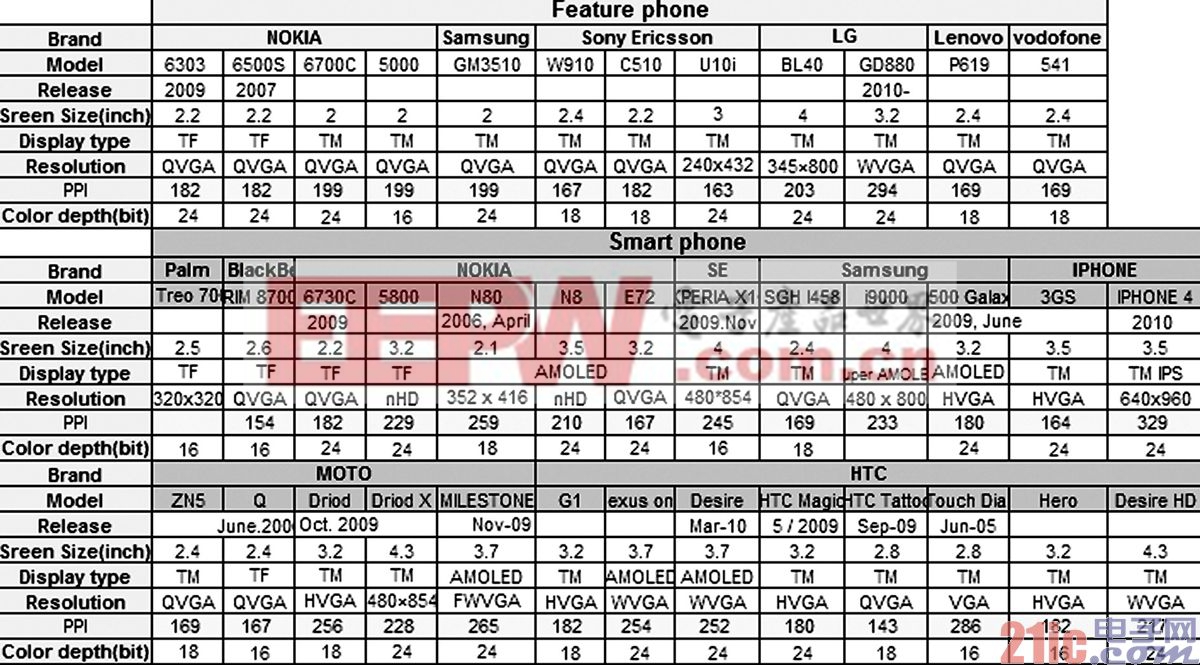

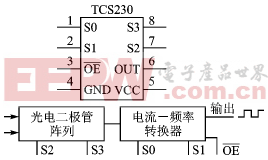

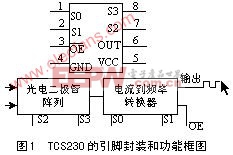


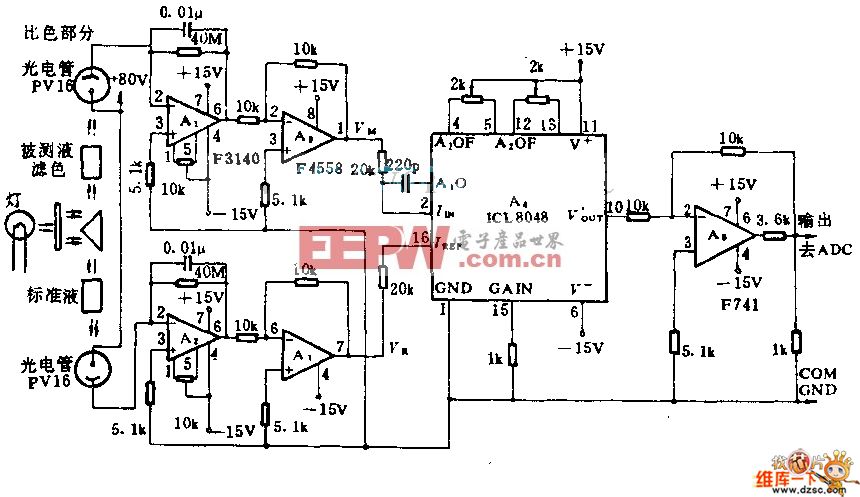
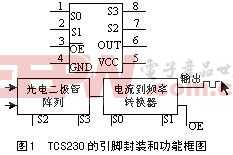

评论